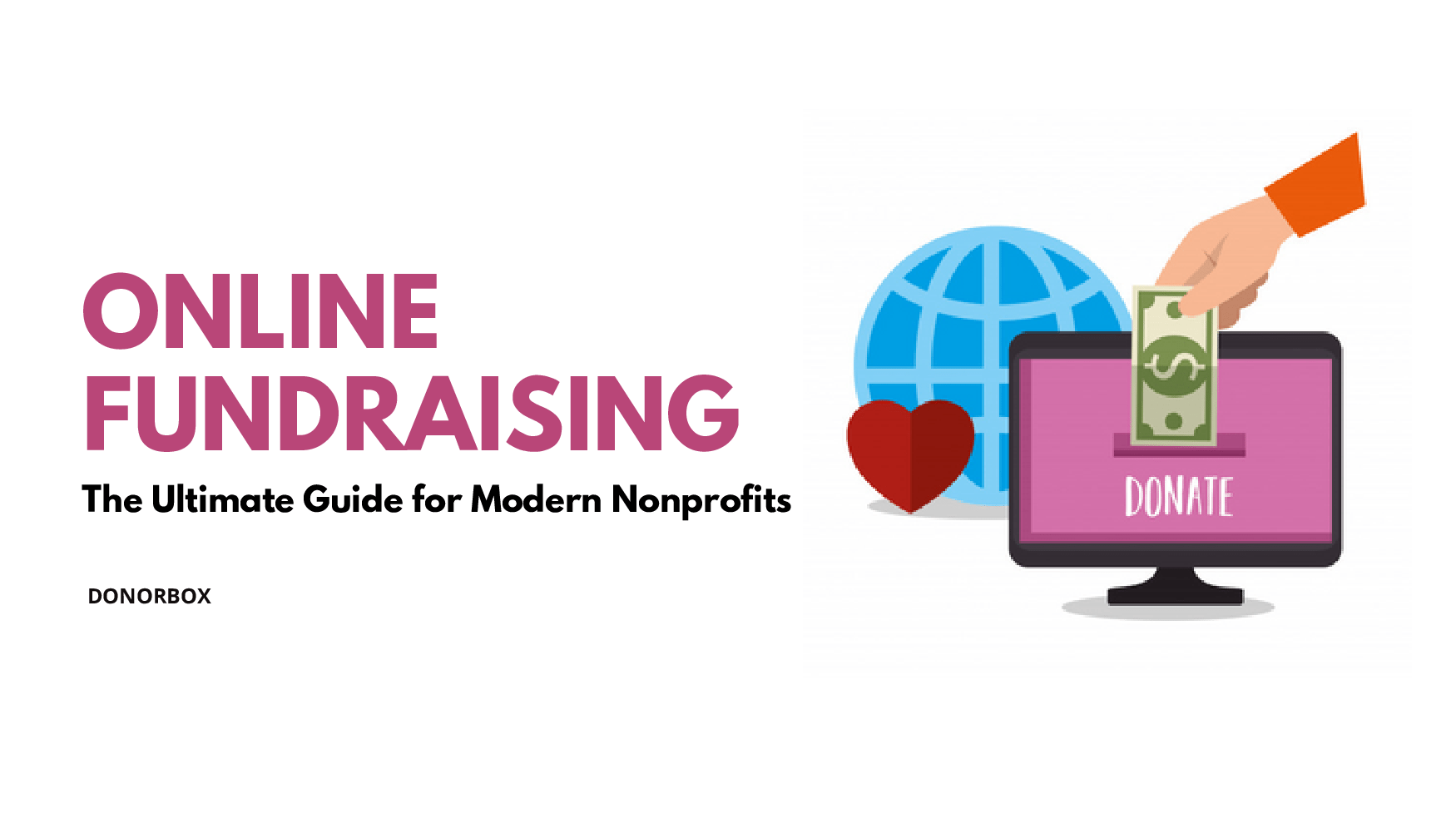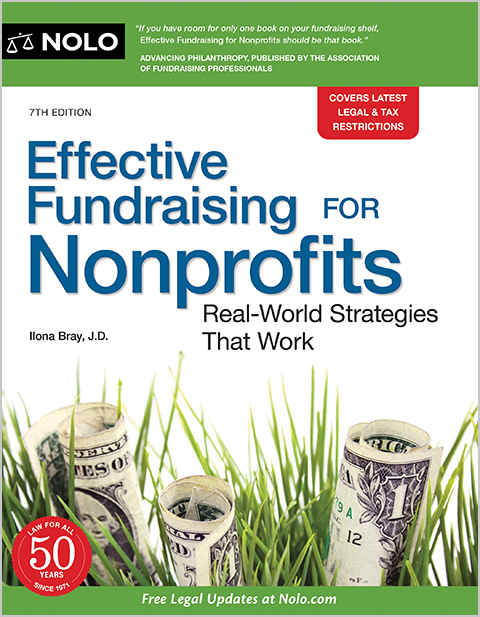Fundraising Consultant: Increase Your Nonprofit's Income with Expert Help
Fundraising Consultant: Increase Your Nonprofit's Income with Expert Help
Blog Article
The Function of Neighborhood Interaction in Nonprofit Fundraising: Building Lasting Relationships for Lasting Support
Neighborhood engagement is progressively identified as a vital element of effective not-for-profit fundraising. By promoting authentic relationships with regional stakeholders, companies can cultivate trust fund and loyalty, which are important for sustainable assistance. Nonetheless, the techniques and methods used to engage neighborhoods differ commonly, increasing essential questions regarding performance and effect. What are the most effective methods for growing these essential links, and exactly how can nonprofits gauge their success in this field? Recognizing these dynamics could dramatically affect the future of fundraising efforts and the total objective of nonprofit companies.
Understanding Neighborhood Involvement
Neighborhood interaction is an essential part of effective not-for-profit fundraising efforts. Nonprofits have to recognize vital stakeholders-- such as neighborhood participants, regional organizations, and other organizations-- to produce effective engagement approaches.
Efficient area engagement is predicated on energetic listening and responsiveness to the demands and passions of the area. This procedure involves obtaining responses, understanding neighborhood characteristics, and guaranteeing that the company's goal straightens with neighborhood concerns. Engaging the neighborhood can take various kinds, consisting of public conferences, volunteer opportunities, and partnership campaigns, each designed to urge involvement and financial investment in the organization's goals.
Moreover, neighborhood involvement must be approached as an ongoing dialogue instead than an one-time initiative. By cultivating a comprehensive environment where neighborhood voices are listened to and valued, nonprofits can build a strong structure for future fundraising endeavors. Eventually, a deep understanding of neighborhood engagement equips companies to develop authentic connections that boost their overall performance and sustainability.
Advantages of Solid Relationships
Solid partnerships created with neighborhood interaction return numerous benefits for nonprofit fundraising efforts. Firstly, these partnerships foster trust fund and trustworthiness, important components in encouraging donors to contribute. When potential advocates see a nonprofit actively associated with their community, they are most likely to count on its mission and influence.

Furthermore, these connections assist in reliable interaction. Nonprofits can leverage their connections to share stories of effect, updates, and needs, ensuring that advocates remain enlightened and involved. This open line of communication not just strengthens bonds but additionally motivates word-of-mouth promotion, broadening the nonprofit's reach.
Finally, strong neighborhood ties can attract new companions and sponsors. Companies and individuals are much more inclined to straighten with companies that demonstrate significant neighborhood participation, giving additional resources and assistance that can considerably enhance fundraising capacities. Thus, cultivating robust relationships via neighborhood interaction is essential to a nonprofit's lasting fundraising success.
Approaches for Efficient Involvement
How can nonprofits efficiently engage their communities to enhance fundraising efforts? Routine updates, engaging content, and calls-to-action can galvanize community passion and involvement.
Second, holding community events, such as workshops, volunteer chances, or fundraising drives, facilitates face-to-face communication, permitting nonprofits to display their influence and efforts. These events not just elevate funds however also cultivate connections and enable community members to involve straight with the cause.
Third, applying individualized interaction approaches can improve interaction. Tailoring messages to certain donor sections based upon rate of interests and previous payments promotes a feeling of belonging and financial investment in the organization's mission.
Last but not least, creating partnerships with neighborhood companies and community leaders can intensify outreach efforts. Collective campaigns can improve presence and credibility, showing a cumulative commitment to the neighborhood's health. By integrating these strategies, nonprofits can build lasting partnerships that enhance fundraising efforts and drive sustainable assistance.
Determining Engagement Success
While involving the area is essential for effective nonprofit fundraising, gauging the performance of these interaction efforts is just as important. Establishing clear metrics allows companies to evaluate how well they are getting in touch with their audience and achieving their fundraising objectives. Trick efficiency signs (KPIs) such as benefactor retention prices, volunteer involvement levels, and involvement on social media platforms give tangible information for analysis.

Regularly examining these metrics enables companies to pivot their methods click for source when required, ensuring that community engagement continues to be straightened with their total goal. In addition, sharing these results with stakeholders promotes transparency and develops trust fund, encouraging more area participation. Ultimately, a robust dimension framework not just informs future fundraising efforts yet also enhances the connection in between the not-for-profit and its supporters, laying the foundation for lasting success.
Study in Community Impact
Various instance researches show the profound impact that neighborhood interaction can carry not-for-profit fundraising success. One notable example is the "Food for Idea" initiative, where a local food financial institution partnered with businesses and institutions to host neighborhood dinners. These events not only raised funds however also fostered a sense of belonging amongst individuals, substantially enhancing donor retention prices.
An additional compelling situation is the "Green Spaces Project," which included local citizens in the revitalization of urban parks. This effort not just amassed economic support from regional companies however likewise cultivated a volunteer base that added to ongoing maintenance and shows. The feeling of possession and pride amongst area participants equated into continual contributions.
In the world of arts, the "Art for All" project successfully engaged regional musicians and customers to develop collective art installations, resulting in increased exposure and donations for a local arts nonprofit.
These examples highlight that when nonprofits focus on area participation, they can produce lasting partnerships that enhance fundraising efforts, making certain sustainable assistance and cultivating a vivid community culture. Such cases show that neighborhood interaction is not simply an approach but an important column of not-for-profit success.
Final Thought
In verdict, area involvement is essential to the success of not-for-profit fundraising efforts. By cultivating solid relationships with neighborhood stakeholders, organizations boost trust and credibility, resulting in boosted benefactor retention and commitment. Implementing reliable engagement methods and gauging their effect makes Discover More certain that nonprofits can thrive and adapt. Eventually, a robust foundation of neighborhood support not just enhances fundraising prospective yet additionally cultivates a society of cooperation, necessary for achieving long-lasting business goals and sustaining meaningful effect. click to read more
Nonprofits should determine essential stakeholders-- such as area members, regional businesses, and various other companies-- to produce efficient interaction methods.

In conclusion, area involvement is integral to the success of not-for-profit fundraising initiatives.
Report this page